California Engineering
NRCS applies sound engineering tools and principles to plan, design, and implement conservation practices and systems through delegated approval authority.

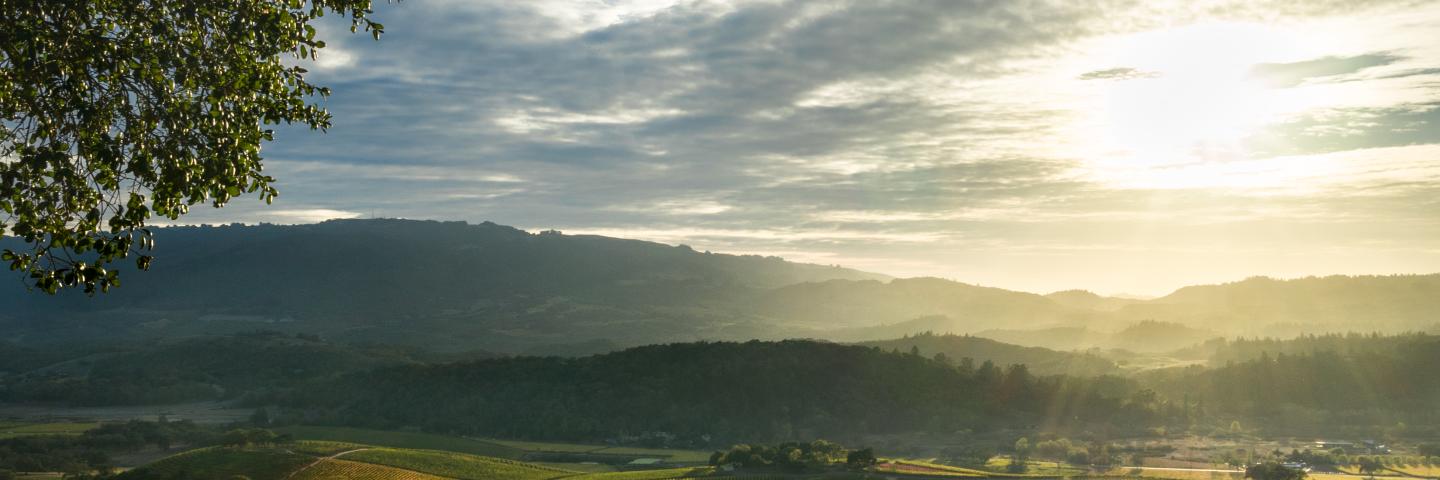
NRCS provides America’s farmers and ranchers with financial and technical assistance to voluntarily put conservation on the ground, not only helping the environment but agricultural operations, too.
With the mission of “Helping People Help the Land,” the Natural Resources Conservation Service (NRCS) provides products and services that enable people to be good stewards of the Nation’s soil, water, and related natural resources on non-Federal lands. With our help, people are better able to conserve, maintain, or improve their natural resources. As a result of our technical and financial assistance, land managers and communities take a comprehensive approach to the use and protection of natural resources in rural, suburban, urban, and developing areas.
Washington, DC, August 1, 2025 - U.S. Secretary of Agriculture Rollins announced today the opening of a 30-day public comment period for stakeholders to provide feedback on the Department’s reorganization plan, as outlined in the Secretary’s memorandum (PDF, 2.6 MB) issued on July 24, 2025.
How to Submit Comments
All stakeholders, including USDA employees, members of Congress, and agricultural and nutrition partners, are encouraged to provide feedback by emailing reorganization@usda.gov. The comment period is open through September 30, 2025.
USDA is ready to help in the aftermath of natural disasters. Find which program best fits your current situation and needs. USDA along with other agencies offer a wide range of disaster recovery assistance following these unfortunate events. Check out the agencies and their programs for more information. For more information about USDA disaster programs, visit farmers.gov or contact your local USDA Service Center. For more information on NRCS disaster assistance, go to NRCS Disaster Recovery.
NRCS helps America’s farmers, ranchers and forest landowners conserve the nation’s soil, water, air and other natural resources. All programs are voluntary and offer science-based solutions that benefit both the landowner and the environment. NRCS provides farmers, ranchers and forest managers with free technical assistance, or advice, for their land. Common technical assistance includes: resource assessment, practice design and resource monitoring. Your conservation planner will help you determine if financial assistance is right for you.
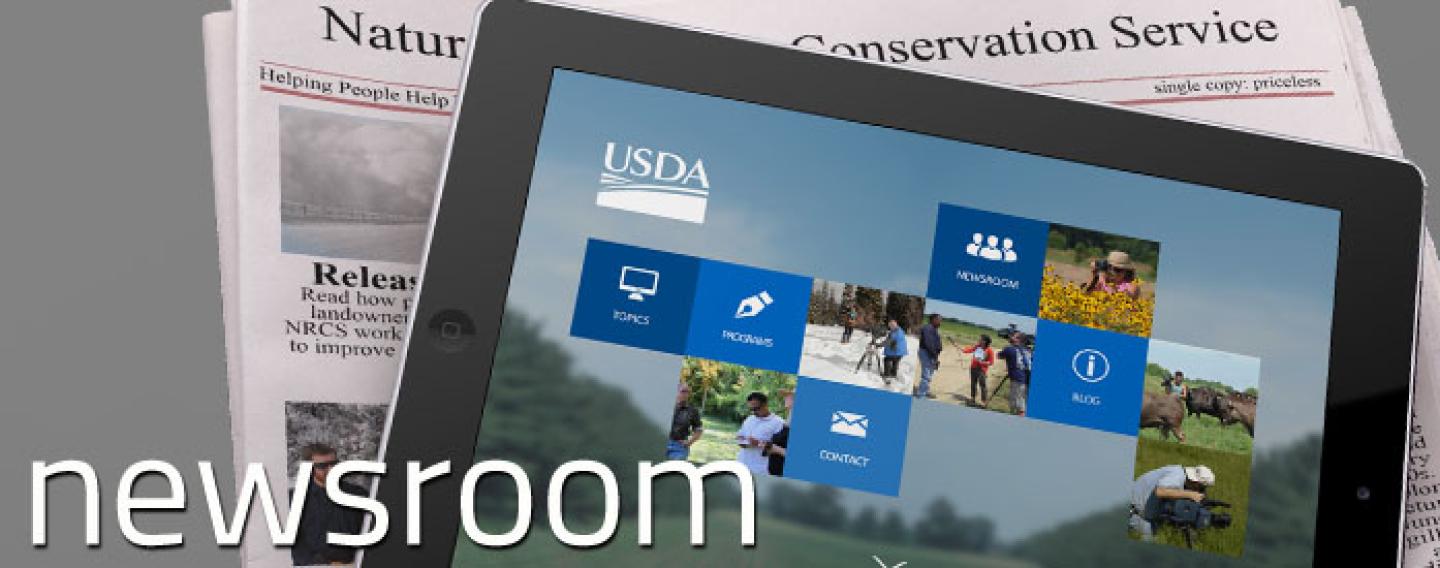
The latest news releases from NRCS California
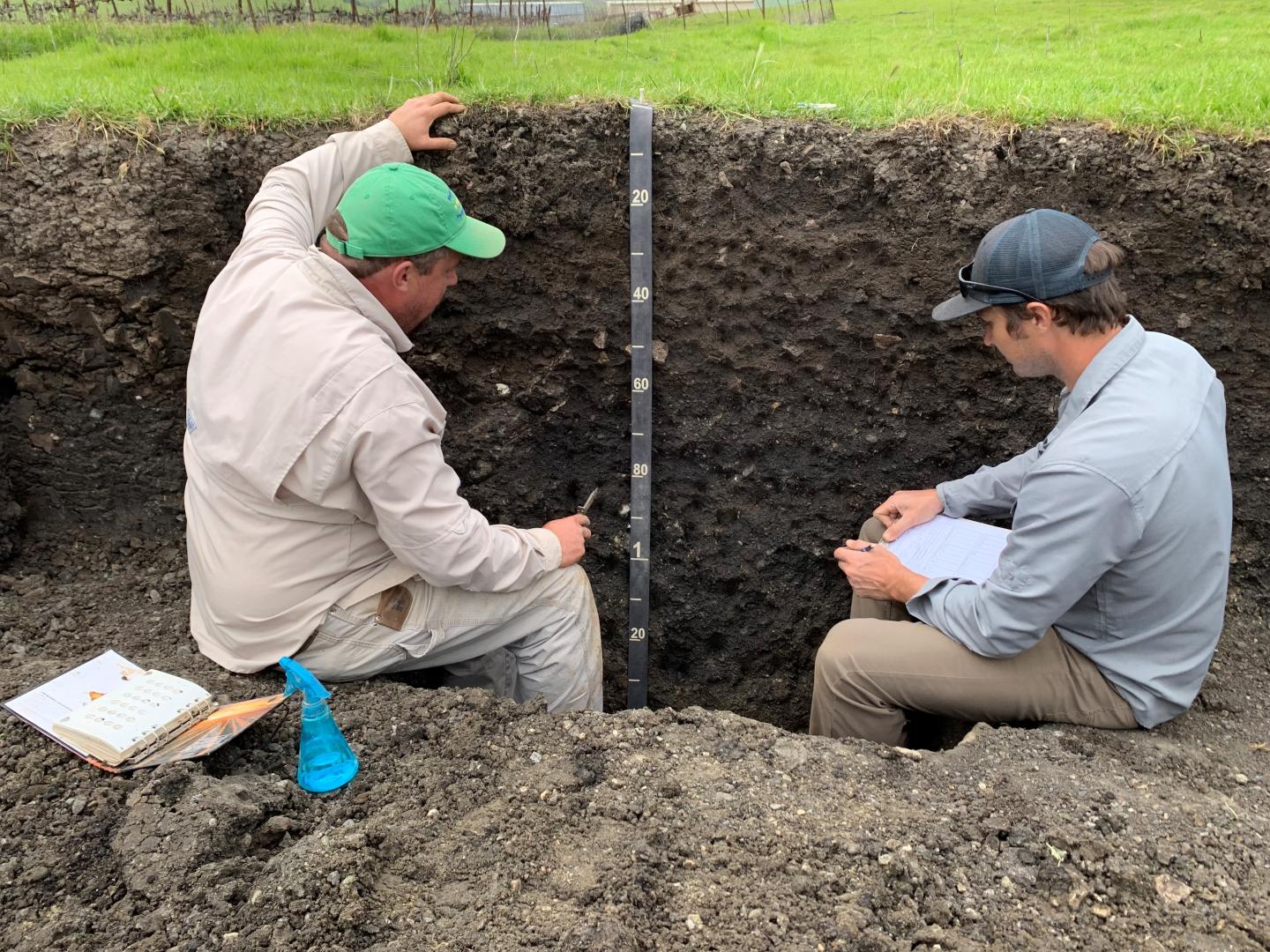
Information about Soil and Soil Health in California
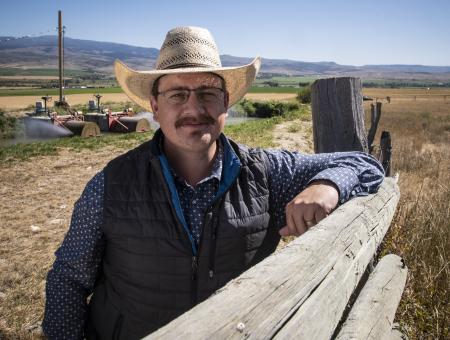
NRCS provides financial assistance for selected conservation practices. The availability and amount of financial assistance can vary between states.
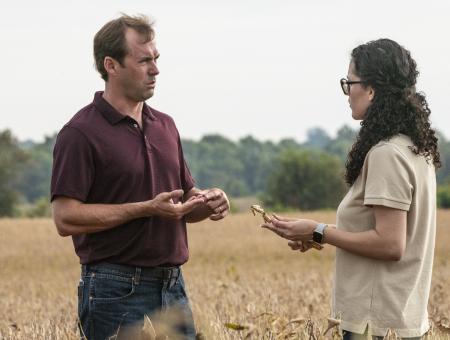
State Technical Committees serve in an advisory capacity to the Natural Resources Conservation Service (NRCS) and other agencies of the U.S. Department of Agriculture (USDA) on the implementation of the natural resources conservation provisions of Farm Bill legislation.
Do you farm or ranch and want to make improvements to the land that you own or lease?
Natural Resources Conservation Service offers technical and financial assistance to help farmers, ranchers and forest landowners.

To get started with NRCS, we recommend you stop by your local NRCS field office. We’ll discuss your vision for your land.
NRCS provides landowners with free technical assistance, or advice, for their land. Common technical assistance includes: resource assessment, practice design and resource monitoring. Your conservation planner will help you determine if financial assistance is right for you.
We’ll walk you through the application process. To get started on applying for financial assistance, we’ll work with you:
Once complete, we’ll work with you on the application, or CPA 1200.
Applications for most programs are accepted on a continuous basis, but they’re considered for funding in different ranking periods. Be sure to ask your local NRCS district conservationist about the deadline for the ranking period to ensure you turn in your application in time.
As part of the application process, we’ll check to see if you are eligible. To do this, you’ll need to bring:
If you don’t have a farm number, you can get one from USDA’s Farm Service Agency. Typically, the local FSA office is located in the same building as the local NRCS office. You only need a farm number if you’re interested in financial assistance.
NRCS will take a look at the applications and rank them according to local resource concerns, the amount of conservation benefits the work will provide and the needs of applicants. View Application Ranking Dates by State.
If you’re selected, you can choose whether to sign the contract for the work to be done.
Once you sign the contract, you’ll be provided standards and specifications for completing the practice or practices, and then you will have a specified amount of time to implement. Once the work is implemented and inspected, you’ll be paid the rate of compensation for the work if it meets NRCS standards and specifications.